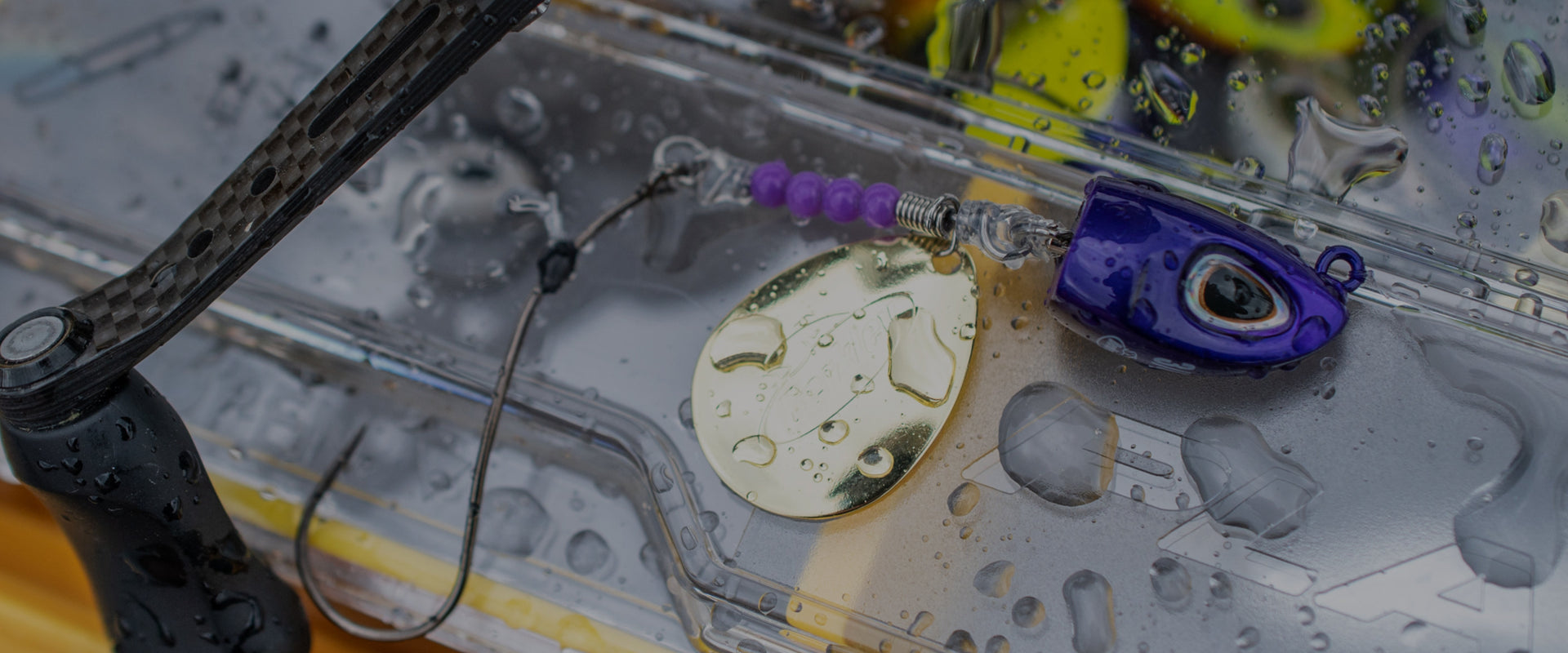
Swimming your way soon—our game-changing Rawler Jigs and the all-new Ripfish are ready to make ripples in the Berkley lineup...
Read More >
Your cart is currently empty.
Stock up on what you need for your next adventure.

Gone are the days of casting blindly or relying solely on a traditional down-scan. FFS allows fishermen to watch fish behavior in real time, track lure presentation, and adjust their strategies on the fly.
Even with debate over its use at the professional level, there is no denying this game-changing technology is reshaping the way anglers approach structures, targeting species, and ultimately, finding the most success on the water. From bass boats to ice shacks, the ripple effect of Forward Facing Sonar is being felt across every corner of the industry.
Still unsure exactly what Forward Facing Sonar is and how it works? No worries! In this article, we break down all things FFS to provide you with the knowledge and expertise to make the most of your next outing.
In the simplest of terms, Forward Facing Sonar is a glorified fish-finder that has expanded the scope of view for those taking advantage of it. How it works is a completely different story though in terms of the amazing technology leveraged to build these revolutionary devices.
Think of it this way - Forward Facing Sonar is not too unlike the echolocation awareness technique our porpoise friends use to navigate open waters. Using a transducer device, which can transform one type of energy to another, sound waves are emitted that bounce off structures, fish, and obstacles to then be returned in the shape of visual information anglers can use to better position themselves for strikes. This technology gives fishermen a real-time, live view of the water in front of an around their boat.
Normally, anglers will fix this device to their trolling motor, giving them the opportunity to move it side to side so as to receive a wider view of the water around them and ultimately understand more about their fishing locations.
With the use of Forward Facing Sonar becoming more popular in the angling industry, we are sure you’ve heard many companies talk about specific lures designed and built for FFS specifically – but what does that really mean?
Even if you were to spot a school of fish on your radar, there are a lot of variables and questions when it comes to a lure that can determine whether the fish are even interested or not – Can I get my lure there? Is it lifelike enough? Does it show up well? How are fish reacting to it? Well Forward Facing Sonar is starting to take the guess work out of it.
A lure that is optimized for Forward Facing Sonar means that it has been specifically designed to show up on the FFS monitors so you can more accurately track your bait and reaction to it. Previously, baits would seldom show up on a radar giving anglers no reference point to learn from.
Working on your FFS optimized set up? Check out these FFS Optimized Baits by Berkley and the Forward Briad Line to pair with them.
Witness how Forward Facing Sonar imaging works in a real time display as Emil on the Berkley Pro Staff pulls in a mean lunker on the Powerbait® Power® Switch.
That’s one small step for man, and one large leap for anglers everywhere. At least that is how it felt when Berkley Labs took to the Houston Space Center to launch their lineup of lures optimized for Forward Facing Sonar. Rooted in science, Berkley Labs recognizes that FFS goes far beyond just catching fish but also will help study environments and how these fish interact with everything around them. With that information at their disposal, Berkley brought forward specialized lures that have all proven highly suited for this technology.